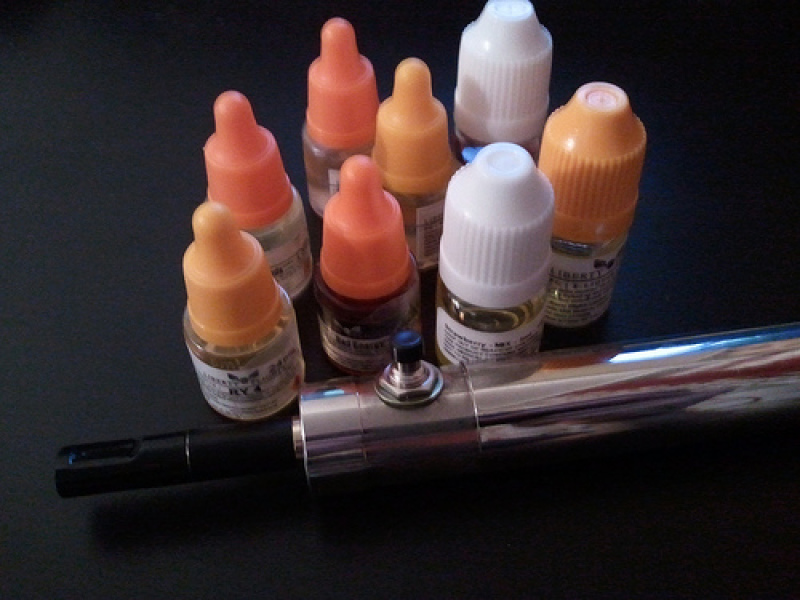
A recent study published earlier this month in the New England Journal of Medicine claimed that electronic cigarettes contain dangerous levels of cancer-causing formaldehyde, according to the NY Times.
However, advocates of e-cigarettes or vapes immediately criticized the study and said the findings of the researchers have been greatly exaggerated.
In the study, co-author David Peyton, a chemistry professor at the Portland State University, experimented with the vape devices by using them at both low and high voltages.
At a low setting, the researchers did not find traces of the carcinogen. However, when the devices were ran at their maximum voltage, they produced formaldehyde, a chemical also found in traditional cigarettes, CBS News reported.
"We've found there is a hidden form of formaldehyde in e-cigarette vapor that has not been typically measured," James Pankow, co-author of the study said in a statement.
"It's a chemical that contains formaldehyde in it, and that formaldehyde can be released after inhalation," he continued. "People shouldn't assume these e-cigarettes are completely safe."
Peyton then added that the level of formaldehyde found in the vapes is higher than that of traditional cigarettes. He and his team claimed that high-voltage e-cigarette users have 15 times higher chances of suffering from cancer than smokers.
However, upon learning about the study, vape advocates slammed Peyton and his team for misrepresenting their findings.
"When the vapor device was used at the realistic setting of 3.7 volts, levels of formaldehyde were similar to the trace levels that are released from an FDA-approved [smoking-cessation] inhaler," American Vapers Association President Gregory Conley said in a press release.
"However, when the researchers increased the voltage to 5 volts and continued to have the machine take three-to-four-second puffs, this caused extreme overheating and the production of formaldehyde," he added.
Conley then went on to say that vapers do not use their devices at maximum voltage settings.
"Contrary to the authors' mistaken belief, these are not settings that real-life vapers actually use, as dry puffs are harsh and unpleasant," he explained. "In the real world, vapers avoid dry puffs by lowering the length of their puff as they increase voltage."



















